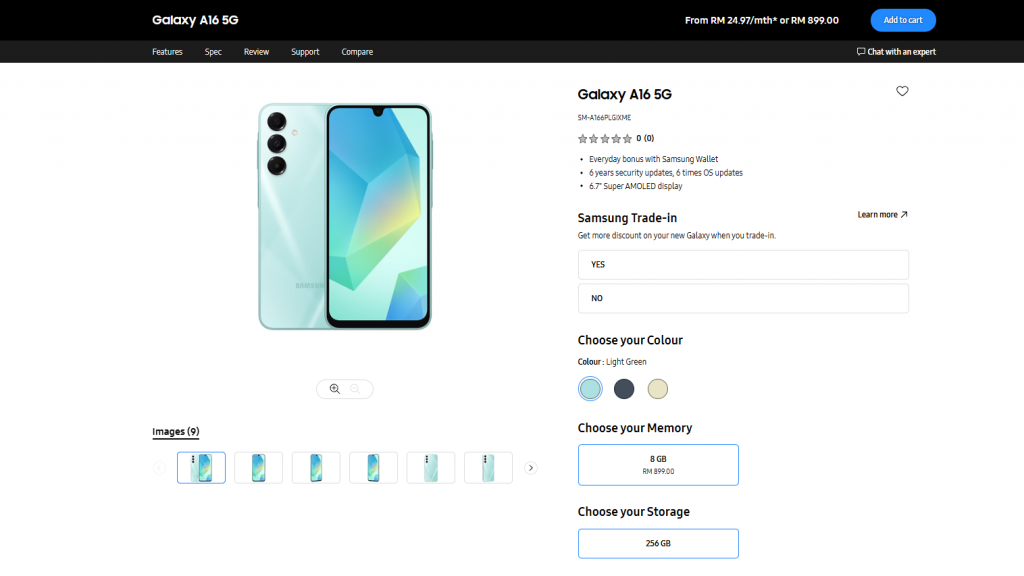Leonardo AI has emerged as a powerful AI art generation platform that enables users to create a wide variety of different artwork. This article will guide you through the process of using Leonardo AI, from creating a new dataset to making use of the innovative “Remix” feature.
To begin with, users must navigate to the model training page on Leonardo AI. Here, they can create a new dataset, which is essentially a collection of images that will be used to train the AI model. Leonardo AI provides a gallery from which users can add images to their dataset. If certain images do not align well with the rest of the collection, they can be removed from the dataset. In some cases, if the dataset is no longer needed, it can be entirely deleted.
How to use the Leonardo AI
When it comes to the number of images required for training, a good run typically involves using 8-15 images. However, users are encouraged to experiment with this range. It is not advised to use less than 5 images or more than 30, as this could potentially affect the quality of the model. The number of images required for training also depends on the object or style being trained.
“Leonardo transcends the conventional AI toolset by providing a robust and dynamic platform for creative production. We marry cutting edge generative AI technology with unparalleled creator control, reinforcing human creativity instead of replacing it.”
The images in the dataset should have a common theme or pattern for the model to learn from. However, there should also be a good amount of variation between the images to prevent the model from overfitting. Striking the right balance between variation and consistency in the dataset is something that users should experiment with. High-quality images are recommended for use in the dataset for better results.
Leonardo AI Remix feature
In addition to selecting and curating images, users should use 2-4 words to describe their images, known as the instance prompt. The same phrase used as the instance prompt should be used when generating to make use of the training.
One of the standout features of Leonardo AI is the “Remix” feature. This feature allows users to create their own versions of existing images. The Remix feature copies all the settings used to create the original image, including prompts and negative prompts. Users can modify these prompts to generate new images with similar settings but different subjects.
Other articles you may find of interest on the subject of Leonardo AI :
The Remix feature is not just a tool for creating new images, but also a learning resource. It can be used to explore and learn from the settings used by other creators. Users can find good profiles and unique images, and use the Remix feature to achieve similar effects. This feature can also be used as a templating method for future images, allowing users to save time by reusing settings from past images.
While the Remix feature does not add new capabilities to Leonardo AI, it simplifies the process of tweaking and creating new images. Users can learn new phrases and settings from other creators, and use these insights to create their own unique images. The Remix feature can be used to create a template for future images, streamlining the image creation process.
Leonardo AI is a versatile platform that offers a range of features to assist users in creating and training their own AI models. From the careful selection and curation of a dataset to the innovative use of the Remix feature, Leonardo provides a comprehensive toolkit for AI model creation.
Filed Under: Guides, Top News
Latest togetherbe Deals
Disclosure: Some of our articles include affiliate links. If you buy something through one of these links, togetherbe may earn an affiliate commission. Learn about our Disclosure Policy.




